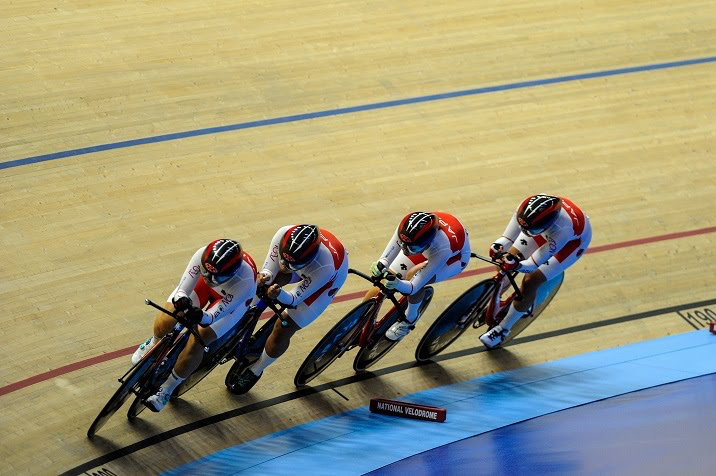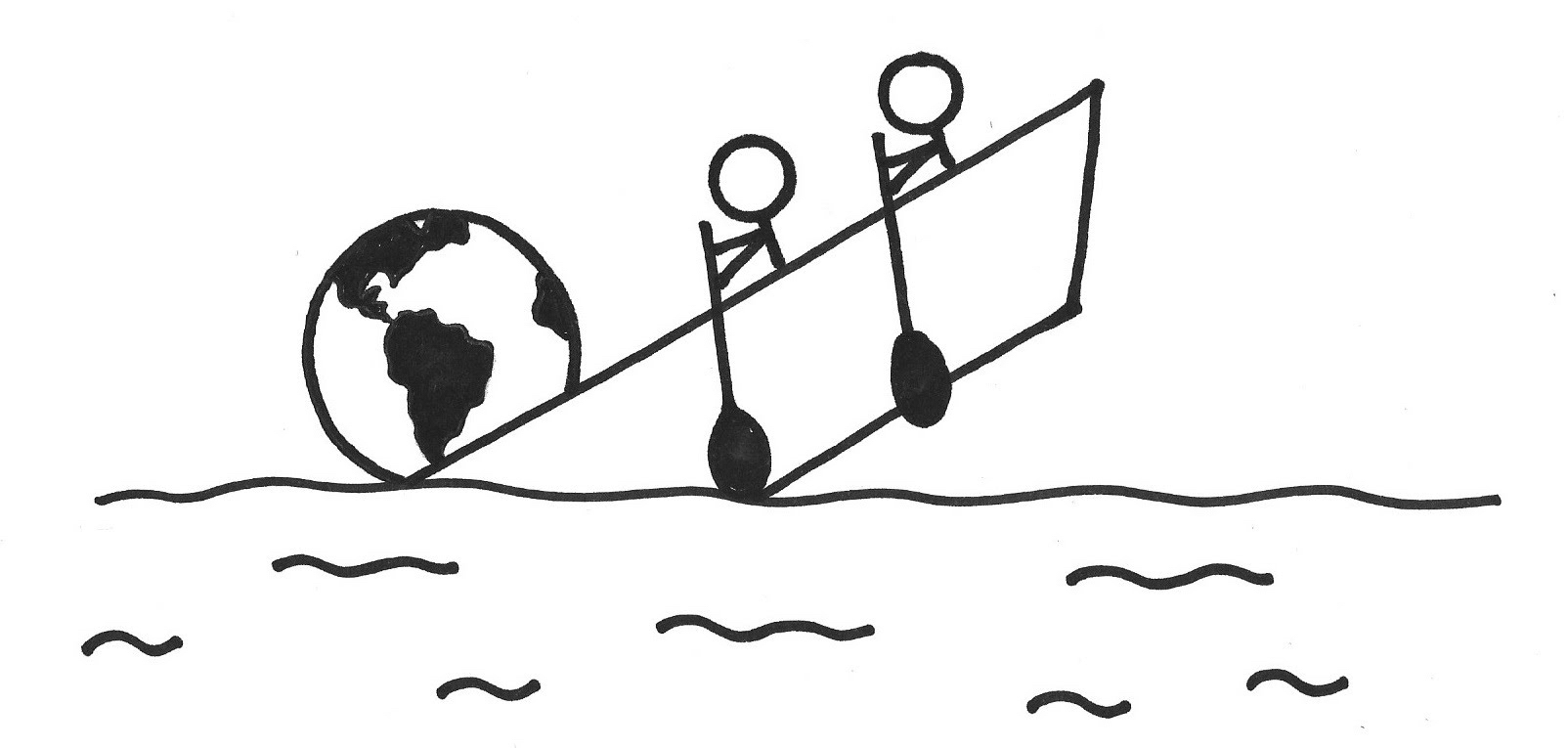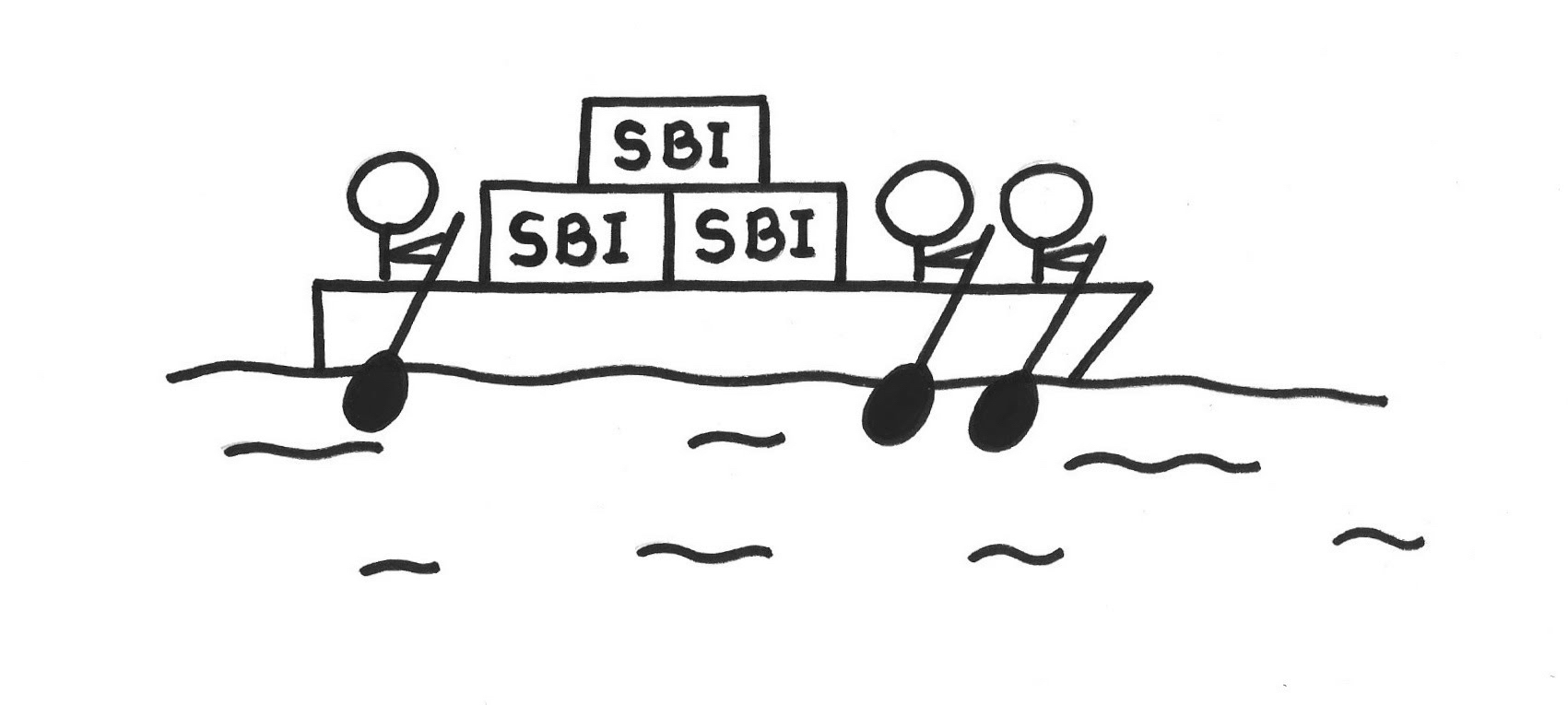...the Development Team may work together well but struggles every Sprint to attain the Sprint Goal. In the worst case, the team is feeling demoralized and velocity is low (see Notes on Velocity).
✥ ✥ ✥
Teams often take too much work into a Sprint and cannot finish it. Failure to attain the Sprint Goal prevents the team from improving.
Development Teams can be optimistic about their ability to finish Product Backlog Items. But in doing so, they fail to give themselves time to reduce technical debt and sharpen their saws. Thus they are doomed to a persistently slow pace.
Market pressure and low velocity may make the Product Owner desperate, and the Development Team will accept larger and larger Sprint Goals. This compounds the problem and they decelerate.
Individuals on a team may be working on other things subversively. Development Team members hide such work on teams that persistently overreach their ability or overestimate their capacity.
If the team takes on too much work, it feels overburdened and under pressure. When team members cannot get the work Done (see Definition of Done) by the end of the Sprint, everyone is unhappy—the Development Team, the ScrumMaster, the Product Owner, and management. Furthermore, the team does not have time to think clearly about how to improve its work and will probably enter the next Sprint with work that is only partially Done.
A lack of basic understanding of lean practices is often a cause of management pressure on teams. Taiichi Ohno’s taxonomy of waste has the category of “Absurdity”—stress due to excessive scope (see [1], Figure 10-1). This can cause massive slowdown.
Muri (無理) is a Japanese word meaning “unreasonableness; impossible; beyond one’s power; too difficult; by force; perforce; forcibly; compulsorily; excessiveness; immoderation,” and is a key concept in the Toyota Production System (TPS) as one of the three types of waste (muda, mura, muri) (see articles for respective terms in Wikipedia).
Therefore:
Take less work into a Sprint (than the previous Sprint) and aim for a less ambitious Sprint Goal. Note that the level of ambition of the Sprint Goal (outcome) may not be proportional to the volume, cost, or duration of the work.
Yesterday’s Weather will maximize your probability of success. Then you can implement Illegitimus Non Interruptus, which will systematically deal with any interruptions that would prevent you from finishing early. On early completion of the Sprint Goal, pull forward from the next Sprint’s backlog, which will increase Yesterday’s Weather for future Sprints. To increase the probability of acceleration, apply Scrumming the Scrum to identify your kaizen (see Kaizen and Kaikaku) in the Sprint Retrospective. Put the kaizen in the Sprint Backlog with acceptance tests (see Testable Improvements) for the next Sprint as top priority.
✥ ✥ ✥
Openview Venture Partners noticed this pattern after analyzing data from dozens of sprints with multiple teams. The teams that finished their Sprint early accelerated faster ([2]). The common denominator was finishing early. It allowed teams to think more clearly about what they were doing—to remove impediments, to pull forward backlog from the next Sprint, to develop a winning attitude; and to increase Yesterday’s Weather.
An earlier version of this pattern was published at HICCS 2014 ([3]).
[1] Jeffrey Liker. The Toyota Way: 14 Management Principles from the World’s Greatest Manufacturer. New York: McGraw-Hill, 2004, Figure 10-1.
[2] Jeff Sutherland and Igor Altman. “Take No Prisoners: How a Venture Capital Group Does Scrum.” In Proceedings of Agile 2009, Chicago, 2009.
[3] Jeff Sutherland, Neil Harrison and Joel Riddle. “Teams That Finish Early Accelerate Faster: A Pattern Language for High Performing Scrum Teams.” In 47th Hawaii International Conference on System Sciences, 2014, pp. 4722-4728.
Picture credits: Gaie Uchel / Shutterstock.com.


